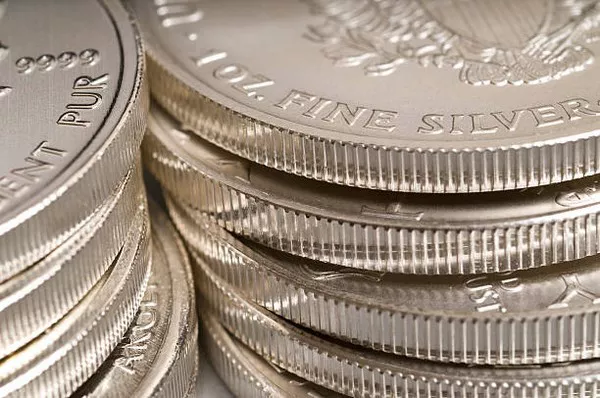Silver is a popular precious metal used in jewelry, coins, and various other items. Determining the authenticity of silver is essential to avoid counterfeit products and ensure value for money. There are several reliable methods to test silver effectively. Let’s explore these techniques in detail.
1. Visual Inspection: What Can You See?
The first step in testing silver is often a visual examination. Genuine silver items typically exhibit certain visual characteristics that can provide clues to their authenticity. Start by looking for hallmarks or stamps indicating silver content. Common marks include “925” for sterling silver, “999” for pure silver, or other symbols denoting authenticity. Hallmarks are usually located in inconspicuous areas like the inside of a ring band or along the clasp of a necklace.
Additionally, observe the item’s appearance and shine. Silver tends to develop a patina or tarnish over time, which can actually be a positive sign of authenticity. Real silver tarnishes relatively quickly when exposed to air, forming a dark layer that can be polished off. If the item is excessively shiny with no signs of tarnish, it may be a red flag. However, note that some silver jewelry is intentionally treated to delay tarnishing, so this should not be the sole test of authenticity.
2. Magnet Test: Does Silver Stick?
One of the simplest tests to perform on silver is the magnet test. Silver is not magnetic, so if a magnet is attracted to your item, it likely contains ferrous metals and is not genuine silver. However, keep in mind that this test is not foolproof. Some counterfeiters may mix non-magnetic metals with silver, making it slightly magnetic. Therefore, while a positive result (no attraction) is a good indication of silver, a negative result (attraction) does not definitively prove the item is fake.
3. Acid Test: How Does Silver React to Acid?
The acid test is a reliable method for testing silver purity. This test involves applying nitric acid to a small scratch made on the silver item. Genuine silver will exhibit a certain reaction based on its purity level. For instance, sterling silver (92.5% pure) will turn a creamy color, while lower-quality silver or silver-plated items will turn green. Pure silver (99.9% pure) will show little to no reaction. It’s crucial to perform this test in a controlled environment and use appropriate safety measures, as acid can be hazardous.
To conduct the acid test, first, choose a discreet spot on the item where the mark won’t be noticeable. Scratch the area lightly using a file or a testing stone, and then apply a drop of nitric acid to the scratch using a dropper. Observe the reaction carefully. After testing, clean the area thoroughly to remove any acid residue and prevent damage to the item.
4. Density Test: How Heavy is Real Silver?
Silver has a specific density that can be measured to verify its authenticity. The density of silver is around 10.5 grams per cubic centimeter (g/cm³). A density test involves weighing the item in air and then in water. By comparing these two weights, you can calculate the density of the object. If the density is significantly different from the expected value for silver, it may indicate that the item is not genuine.
To perform a density test, first, weigh the item on a scale to determine its mass in air. Then, submerge the item in a container of water and measure its apparent loss of weight. Use the formula density = mass in air / (mass in air – mass in water) to calculate the density of the item. Compare this value to the known density of silver to draw conclusions about its authenticity.
5. Ice Test: Does Silver Transfer Heat?
Another interesting test to check the authenticity of silver involves its thermal conductivity. Silver is an excellent conductor of heat. You can perform a simple ice test by placing an ice cube on the silver item and observing how quickly it melts. Genuine silver will transfer heat rapidly from the silver to the ice, causing the ice cube to melt quickly. In contrast, fake silver or silver-plated items will have slower heat transfer, resulting in slower ice melting.
To conduct the ice test, place an ice cube directly on the silver item and time how long it takes for the ice cube to start melting noticeably. Compare this with a similar test on a known authentic silver item for reference.
Conclusion
Testing silver for authenticity requires a combination of visual inspection and scientific methods. While no single test is foolproof, a combination of these techniques can provide a strong indication of whether an item is genuine silver or a counterfeit. Remember, if you have valuable silver items or are unsure about testing methods, it’s always best to consult with a professional appraiser or jeweler experienced in silver testing. With these methods, you can confidently verify the authenticity of silver items and make informed purchasing decisions.


